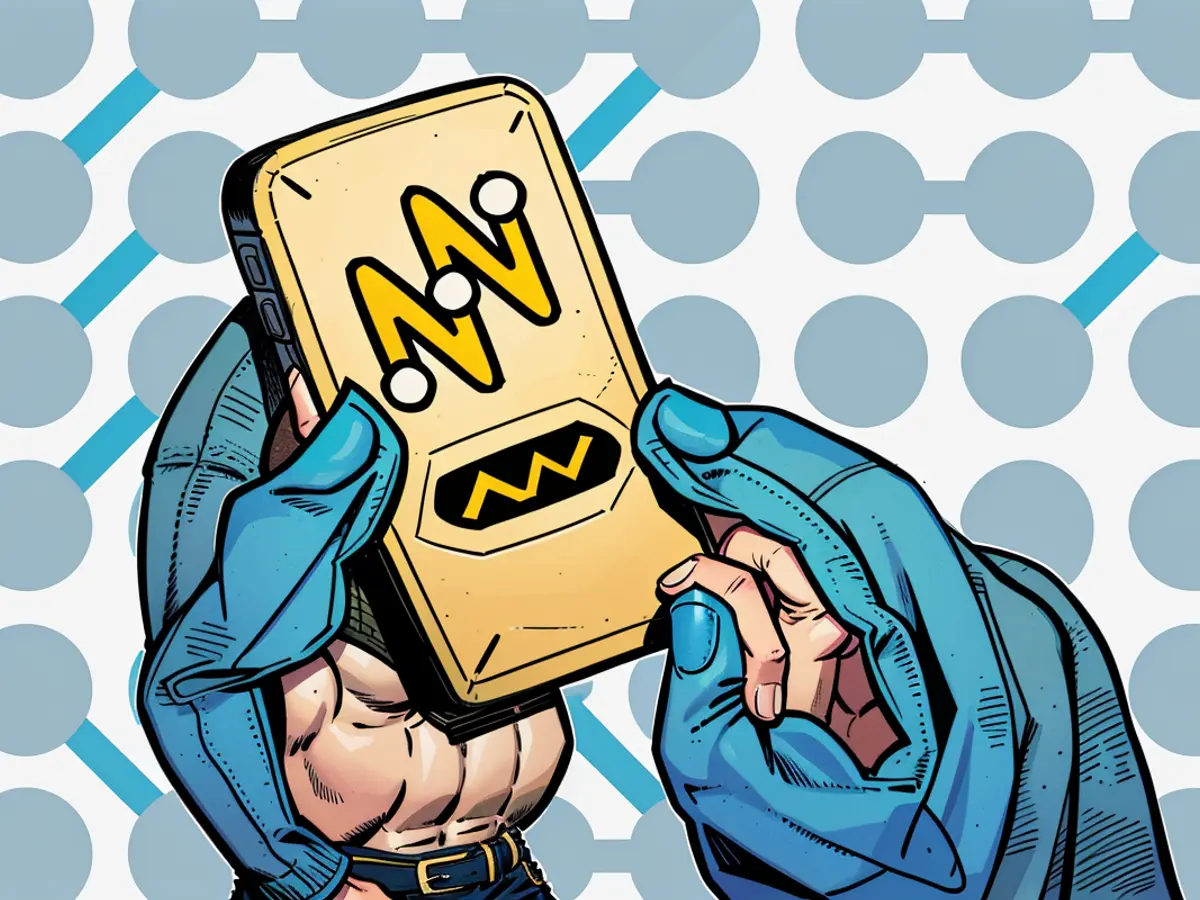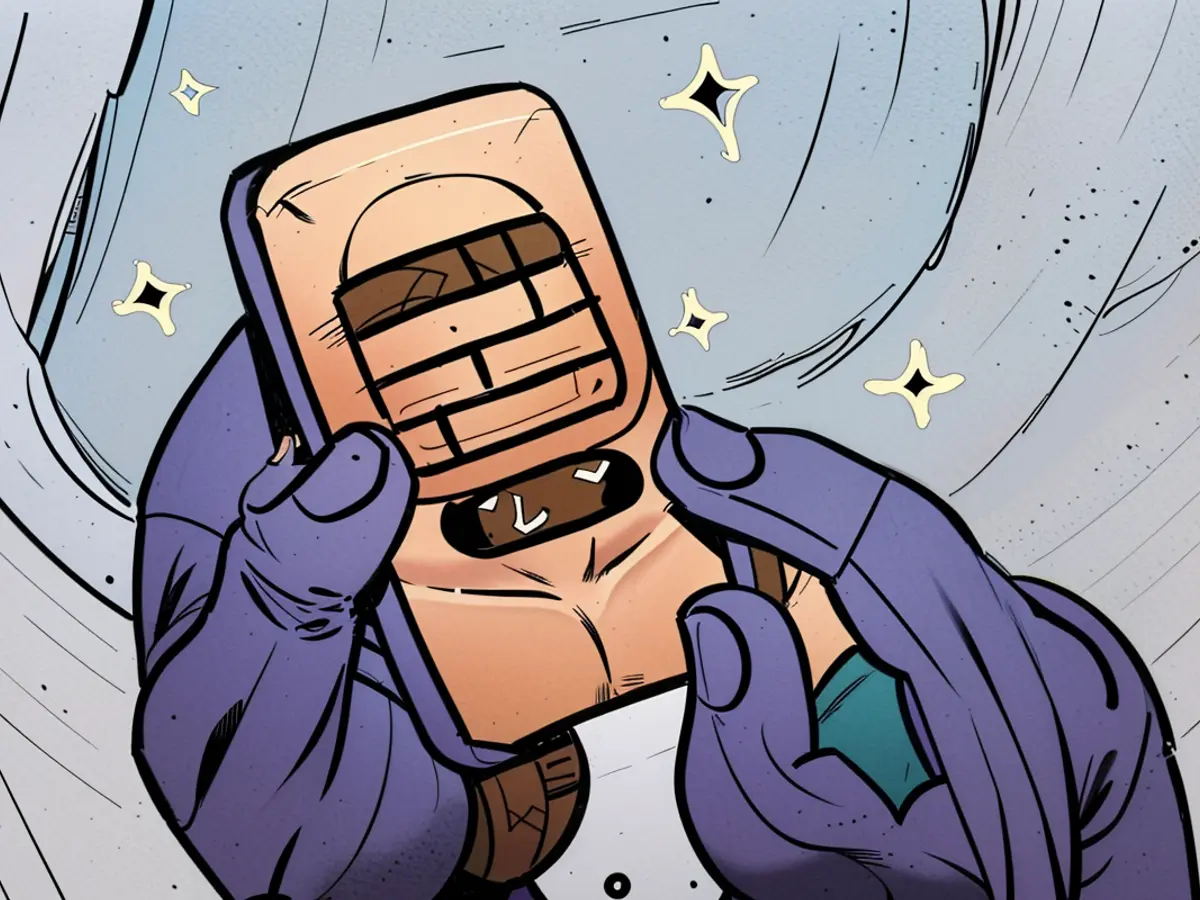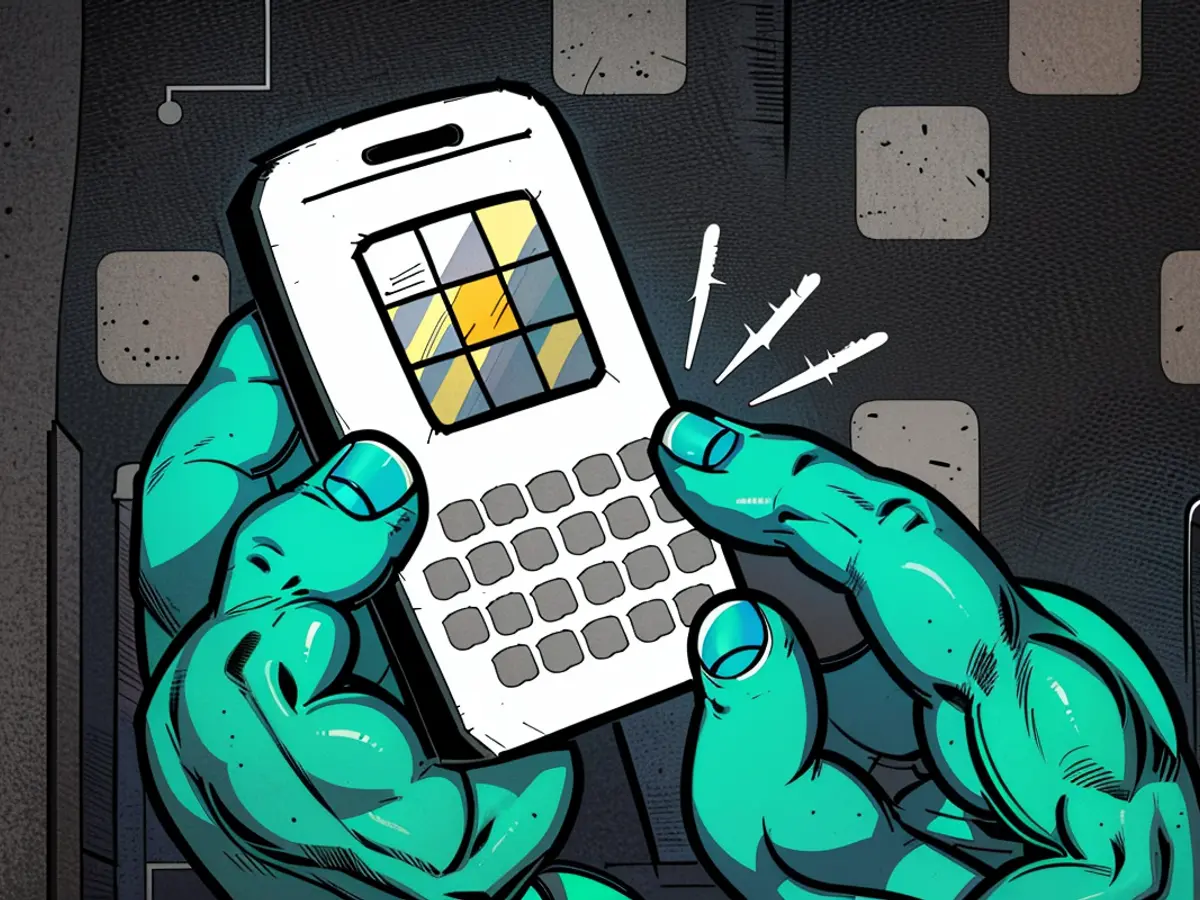Managing Your Dog's Constant Burrowing Habit
A dog that loves to dig can do some major damage to your lawn in no time. While scolding them when caught might seem like a solution, it's probably not enough to completely stop the behavior. With spring and yard improvements on the horizon, here's how to fix those pesky holes (and some ideas for preventing your dog from digging in the first place).
Why your dog might be digging in the yard
Filling in the holes your dog has made might seem like the only answer, but it's only a temporary fix if you don't address the actual reasons your dog is digging them in the first place. Dogs dig for many reasons:
- They're bored and looking for entertainment.
- They were bred to dig.
- They're hunting for animals or insects.
- They're trying to find a cool spot.
- They're trying to escape something.
- They're seeking attention.
Deciphering the root cause of the digging may not be easy at first, but considering certain dog behaviors and characteristics can help narrow it down.
- Does your dog seem to be only digging in one spot, around tree roots, or in a simple pattern? It could be looking for prey, like moles.
- If they lay down in their holes, they might be trying to find relief from the heat.
- Dogs left alone for long periods may dig for fun or attention.
Stopping your dog from digging in the yard
The solution to stop the digging depends on the reason behind it, but in general, consider what your dog might need - a toy for entertainment, some shade, or water. Going for walks, minimizing unsupervised time, and engaging your dog in tricks or commands can also help. Punishing your dog is not usually effective. And if you're dealing with pests, make sure to avoid toxic chemicals that could harm your dog.
One old saying recommends filling holes with your dog's own poop to discourage them from digging there again. It's worth a try - most dogs won't touch their own poop, but some might. If it's a deep hole, don't put their poop at the bottom. Start with some soil, then add the poop a few inches deep, then cover it with more soil.
Finally, if the digging persists, you can train your dog to dig in a designated area - say, a spot filled with soil or sand and their favorite toys. Lead them there, and reward them when they use the designated area instead of digging in your yard.
Repairing holes your dog has dug in the yard
While filling in the holes your dog has made doesn't sound difficult, it's not just about putting the displaced dirt back in the hole. You'll actually need to replace it with topsoil and, if your lawn is grass, add grass seed or a sod patch.
Here's the step-by-step process for repairing dog-dug holes.
Grass Seed Option:
- Fill the hole with topsoil and water it.
- Add more soil to the same level as the ground.
- Sprinkle grass seed on top, following the instructions on the bag.
Sod Patch Option:
- Fill the hole with soil up to the level where the sod patch will be.
- Leave a gap equal to the thickness of the sod patch.
- Place the sod patch over the hole, cut it to fit if necessary.
- Remove the sod and shovel out additional soil to make the sod level with the ground.
- Lay the sod back down and water it daily until it takes root.
Read also:
In an effort to prevent further damage to the yard, it might be beneficial to stop your dog from digging in the specific area where they've been creating holes. By providing them with alternative sources of entertainment, such as toys or engaging activities, you can help redirect their digging behavior. Additionally, ensuring your dog has access to a cool spot or water during hot weather might also reduce their motivation to dig in the yard.
With the upcoming renovations to your home and yard, you may want to consider devising a plan to prevent your dog from digging in the yard, as it can pose a challenge to your landscaping efforts. Consider setting up a designated digging area filled with soil and their favorite toys, where you can encourage them to dig instead.








